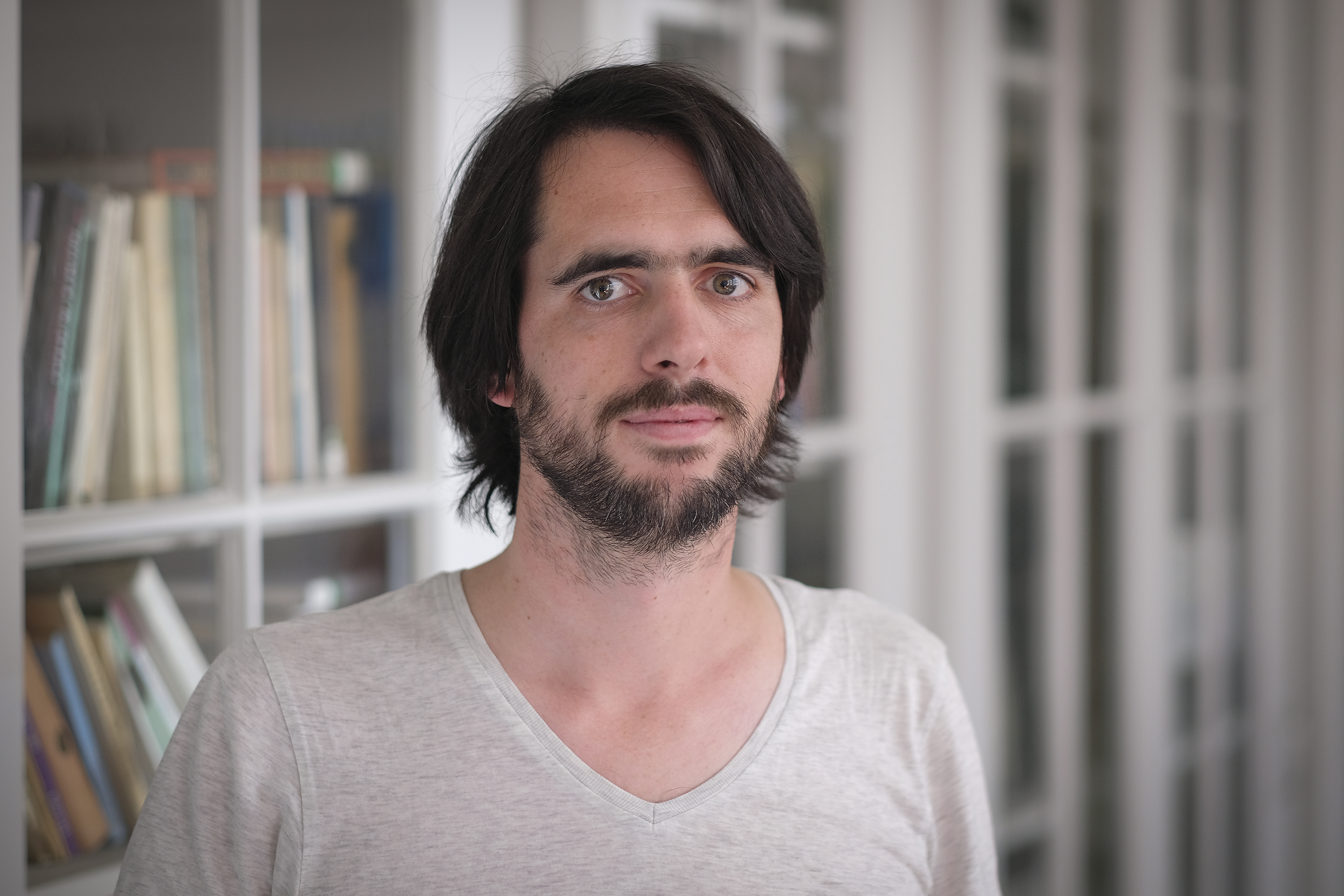Drs D.J.C. van de Leemput
Dirk van de Leemput is doing a collaborative PhD at Maastricht University and Tate on precarity in socio-material networks of technology-based artworks, especially time-based media.
Time-based media are those artworks that have technologies like film, 35mm slides or software as their medium, the works unfold over time and need to be installed. For some decades, museums actively collect time-based media. Because the artworks do not function without their technologies, museums have to find a way to deal with these technologies in order to keep the artworks alive. At the same time, museums have to take into account the artist’s ideas about the importance and use of a technology. This challenges the way museums provide care for their collection.
Media technologies, and their associated networks of skills and support, are subject to obsolescence. In popular imagination, the notion of obsolescence is associated with innovation: when an innovation takes place, something new and better enters the market and the old and inferior fades away. In the eyes of museums and artists, however, specific technologies have specific qualities and at times the ‘obsolete’ has something different to offer from the new; making the ‘obsolete’ not necessarily inferior to the new.
This provides a paradox for conservation practice: The museum’s ideal is to conserve an object in an as authentic as possible state, while the networks of the technologies are governed by other concerns. Museums have to rely on precarious technology: technologies depending on the decisions and actions of other persons. The course of technological development may collide with the artist’s ideas. In his research, Dirk wants to provide museums with an insight of how these networks function and how the museum might care for an artwork that involves these precarious networks.
The project is part of reshaping the collectible: when artworks live in the museum at Tate; an interdisciplinary programme of research that will develop innovative models for the conservation and management of recent and contemporary works of art. The project is funded by the Andrew W. Mellon foundation.
Dirk used to work as a chief archivist for the Centre for the Social History of Limburg (SHCL) where he lead a small team and was responsible for the care of the centre's extensive collection of archives. He has mainly worked on the archives of the agricultural organisations of Limburg and the stained glass workshop F. Nicolas and Sons from Roermond (1855-1969).
